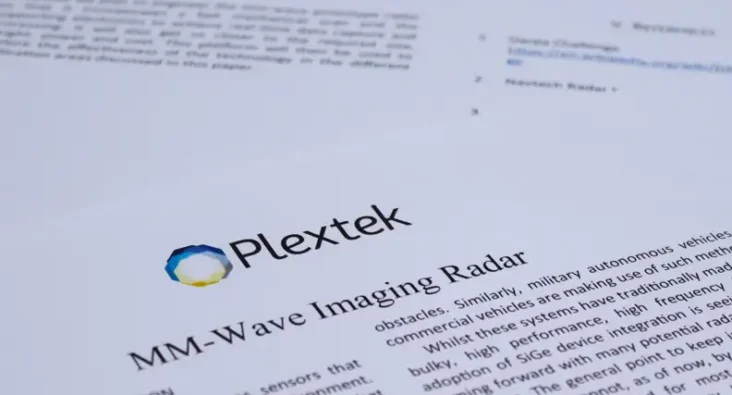The Challenge
Belron are the world’s leader in vehicle glass repair, replacement and recalibration (VGRRR), operating services in 42 countries across 6 continents globally, delivered by its 30,000 employees.
During a windscreen repair, a razor blade is used by technicians to remove excess resin to leave a high-quality finish for exceptional customer satisfaction. However, the supply of razor blades within a technician’s toolbox was leading to the risk of injuries across the business.
The company has an exceptional culture where safety is #1 priority. Therefore, a challenge was set by Belron’s global operations to make razor blades significantly safer, without compromising the quality of windscreen repairs.
After internal teams had attempted to find viable solutions the challenge, Belron approached innovation partner Ignite Exponential to help them think differently and identify a solution that would keep technicians safe.
The Approach
The partnership with Belron began by immersing ourselves in the role of a technician. The Ignite Exponential team were trained on Belron’s SOP (standard operating procedure) enabling rapid testing of new processes and theories. A deep understanding of the working environment and employee behaviours was then gained by shadowing technicians on the job.
The approach initially aimed to find an alternative method to the razor blade for windscreen repairs. Analogies from finishing processes in other industries were explored, and methods such as chemical, abrasive and mechanical scraping were systematically tested on the process.
However, when no credible off-the-shelf replacement to the blade could be found, our agile problem-solving approach allowed the programme to pivot. Instead we consider how the razor blade could be redesigned and supplied in a safer form to the technicians. This approach aimed to minimise the hazards the razor blade presented.
Prototypes of a safer razor blade tooling were designed, prototyped and tested with technicians in the business for real-world validation.
Successful innovation often requires many stakeholders to be brought on the journey! Our in-house batch prototyping capabilities allowed 250 new, protected blades to be manufactured and distributed to the global operations teams, giving all the opportunity to see, feel and test the quality and safety of the new tooling firsthand.
When making an operational/tooling change, it is critical to ensure other jobs are not unintentionally impacted through a change. Jobs where the razor blade was additionally used were identified, and replacement tooling was tested & implemented where appropriate.
The Outcome
This successful multi-phase collaboration resulted in a manufacturing specification for the improved tooling. Belron are planning on introducing a new protected, single-edge razor blade that should significantly reduce the risk of cuts, creating a safer working environment for their technicians.




















































